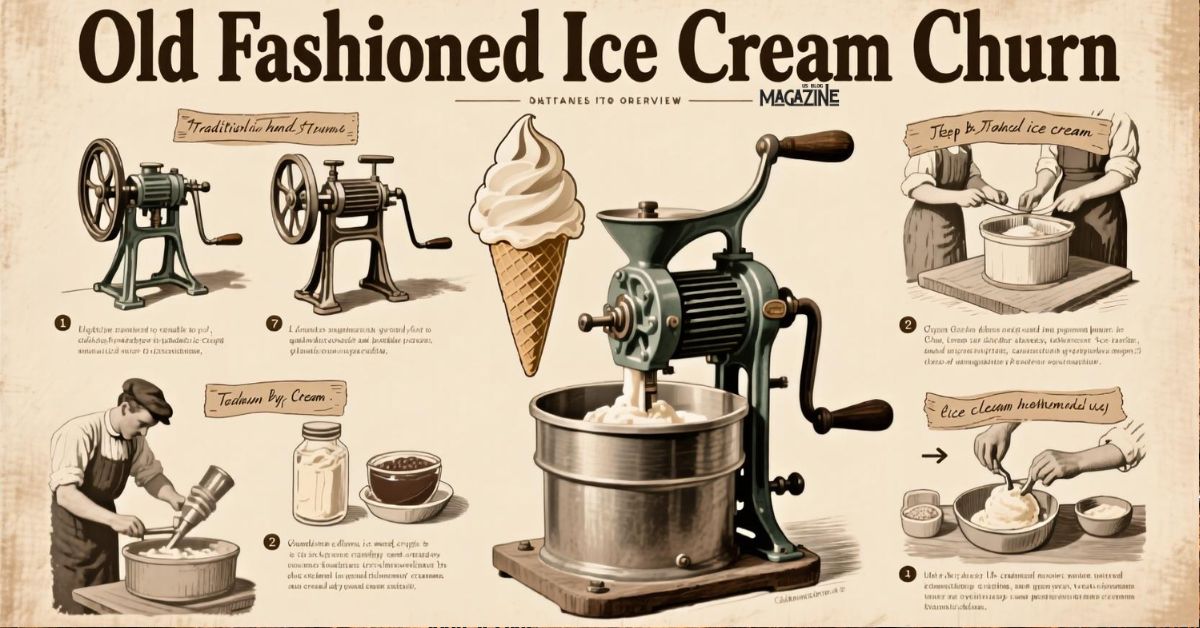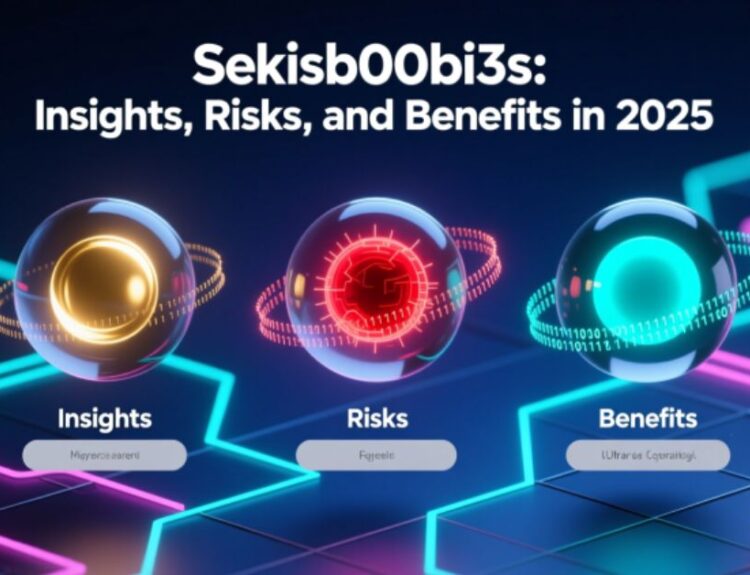There’s something magical about making ice cream the old-fashioned way. An old fashioned ice cream churn doesn’t just create dessert – it creates memories. Long before modern electric ice cream makers existed, families would gather around a wooden bucket churn, taking turns cranking the handle until the creamy treat inside was ready. The process was slow, but the reward was sweet.
Whether you’ve inherited one from your grandparents or you’re buying one to relive nostalgic flavors, learning about the old fashioned ice cream churn can help you appreciate the craftsmanship and tradition it represents.
What is an Old Fashioned Ice Cream Churn?
An old fashioned ice cream churn is a simple mechanical device used to make ice cream by hand. It typically consists of:
- A wooden or metal outer bucket – where ice and salt are placed to freeze the mixture.
- An inner canister – where the ice cream mixture is poured.
- Paddle or dasher – which stirs the mixture as it freezes.
- A crank handle – turned by hand to churn the ice cream.
The churn works by surrounding the inner canister with ice and rock salt, which lowers the temperature enough to freeze the cream mixture. As you crank, the dasher scrapes the frozen cream from the sides, incorporating air and preventing ice crystals from forming.

A Brief History of the Old Fashioned Ice Cream Churn
The concept of churned ice cream dates back centuries, but the old fashioned ice cream churn as we know it became popular in the mid-1800s. Nancy Johnson patented the first hand-crank churn in 1843, revolutionizing the way ice cream was made at home.
Before this invention, ice cream was a labor-intensive luxury, often requiring hours of manually stirring the mixture in freezing conditions. With the churn, families could make ice cream faster, easier, and in larger batches.
Even after the arrival of electric ice cream makers, many people continued using hand-crank models because of their unique texture and the fun, interactive process.
Types of Old Fashioned Ice Cream Churns
Although the basic idea hasn’t changed much in over 150 years, there are a few variations in design:
| Type of Churn | Description | Best For |
|---|---|---|
| Manual Wooden Bucket Churn | A classic wooden outer bucket with a metal canister inside, operated by a hand crank. | Traditionalists and family gatherings. |
| Metal Body Churn | Fully metal design, usually lighter and more durable in damp conditions. | Frequent use and outdoor events. |
| Electric-Assisted Old Fashioned Churn | Same wooden bucket design, but with an electric motor replacing the crank. | Those who want traditional look with less effort. |
How to Use an Old Fashioned Ice Cream Churn
Using a hand-crank ice cream churn can be a rewarding experience. Here’s a step-by-step process:
- Prepare the Ice Cream Mixture
Make your base with cream, milk, sugar, and flavorings like vanilla or fruit puree. Chill it in the refrigerator before churning. - Set Up the Churn
Place the inner canister inside the bucket and secure the dasher. - Add Ice and Salt
Fill the space between the canister and the bucket with alternating layers of ice and rock salt. This lowers the temperature well below freezing. - Start Cranking
Turn the handle steadily, keeping the motion smooth. This process usually takes 20–40 minutes, depending on the recipe. - Check the Texture
Once the mixture thickens and the crank becomes harder to turn, the ice cream is nearly done. - Ripen the Ice Cream
For firmer texture, remove the dasher, cover the canister, and let it sit in the ice for 1–2 hours.

Why People Still Love the Old Fashioned Ice Cream ChurnEven in our fast-paced world, many people prefer the old fashioned ice cream churn for several reasons:
- Nostalgia – It brings back family traditions and summer memories.
- Better Texture – The slow churning often results in smoother, creamier ice cream.
- Social Fun – It’s a group activity, perfect for gatherings and kids.
- Control Over Ingredients – You decide exactly what goes into your ice cream.
Tips for the Best Results
- Use coarse rock salt – It melts ice evenly and maintains the cold temperature.
- Chill your mixture before churning – This speeds up freezing.
- Avoid over-cranking – Too much churning after thickening can make ice cream buttery.
- Experiment with flavors – From classic vanilla to peach or mint chocolate chip, the churn handles it all.
Conclusion
The old fashioned ice cream churn is more than just a kitchen tool – it’s a piece of culinary history. It transforms ice cream making from a quick task into a joyful experience, bringing people together in the process. If you’ve never tried one, it’s worth experiencing the delight of hand-cranked ice cream at least once.
After all, in a world where everything is instant, there’s something truly special about earning your dessert the slow, old-fashioned way.







